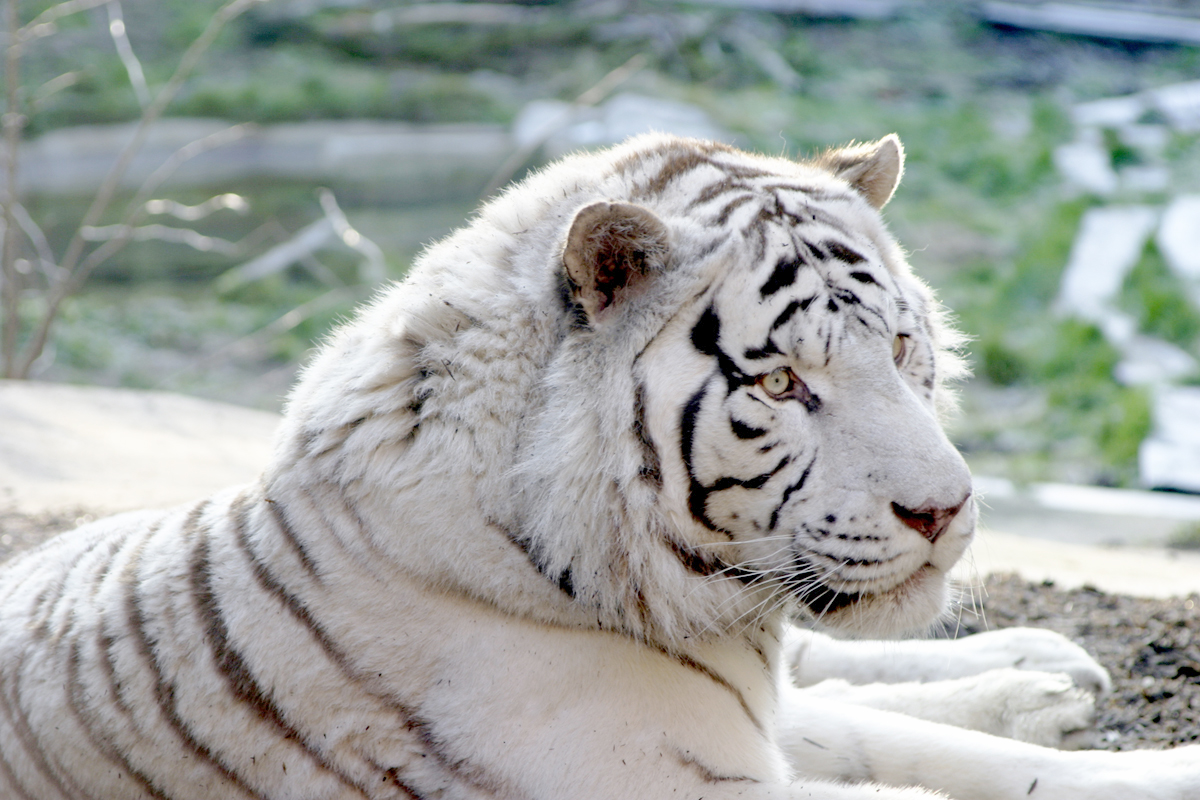Many muscles, tendons, ligaments, and several bony structures are involved in shoulder movement. Thus, a problem in any of these structures can cause shoulder pain.
The shoulder joint is part of a larger structure called shoulder girdle.
The shoulder includes several bony structures, bound together at several joints by numerous ligaments, and covered by layers of muscles enveloped in fascia that overlap each other. These bony structures are the head and neck of the humerus (upper arm bone), the scapulae (shoulder blades), and the clavicles (collarbones).
The scapula connects, or forms a joint, with the head of the humerus via the glenoid fossa, forming the main shoulder joint (glenohumeral joint). A bony extension of the scapula, called the acromion (acromial process), connects with the lateral end of the clavicle, forming the acromioclavicular joint.
The medial ends of the clavicles articulate with the manubrium, the upper end of the sternum (breast bone), forming the sternoclavicular joints.
Together, these structures form the shoulder girdle. We might even include the sternum, since the clavicles connect with it at the sternoclavicular joints.
Any restrictions around these joints will therefore impede movement of the shoulder.
The shoulder joint has a tremendous range of motion and is therefore quite vulnerable to dislocation.
Fortunately, it is reinforced, and supported, by a set of muscles referred to as the rotator cuff muscles. These muscles are the supraspinatus, the infraspinatus, the teres minor on the back side of the shoulder blade, and the subscapularis on the side facing the rib cage. Their tendons insert at the lesser and greater tubercles of the humerus, stabilizing the shoulder joint and thus providing extra protection from dislocation.
The anterior serratus muscle wraps around the sides of the rib cage underneath the shoulder blade and attaches to the inner (medial) edge of the shoulder blade facing the spine. Thus, the subscapularis and part of the anterior serratus muscle form a pocket the size and shape of the shoulder blade, which is open at the lateral edge of the scapula, facing the arm.
This is a rather cool arrangement, allowing the shoulder blade to be pulled against the rib cage by the anterior serratus at the medial edge, while giving the shoulder blade an independent range of motion when the anterior serratus is not engaged.
A few other muscles help move the shoulder joint. In the back, these are the trapezius, the latissimus dorsi, the rhomboid minor and major, and the levator scapulae. In the front, they are the pectoralis minor and major. The serratus anterior muscle draws the shoulder blade against the rib cage, and thus fixes it in place.
Let’s not forget the deltoid muscles, which cover the shoulder joint, giving it a rounded appearance.
Even though the shoulder blades do not directly articulate with the spine, they do so indirectly via the rhomboid, and trapezius muscles. The latissimus dorsi muscle attaches to the spine and the lesser tubercle of the humerus, thus also establishing a connection between the shoulder joint and the spine.
All these muscles work together to give the shoulder joint a tremendous range of motion while safeguarding it from dislocation and injury.
We shouldn’t forget the biceps, triceps, and coracobrachialis muscles, which attach to the scapula at the glenoid fossa or coracoid process, as well as the humerus, ulna, or radius of the forearm.
The connective tissue creates compartments for all structures of the body, and holds them together.
All the bones and muscles are connected to each other by connective tissue (fascia, tendons, and ligaments). Consequently, changes in one structure will affect all the other structures.
It is no surprise, therefore, that shoulder pain can be felt not only directly in the shoulder joint but also in the neck, the chest, and the back, or down the arm.
With injury, surgery, overuse or incorrect use of muscles and their tendons, poor posture, inflammation, and infections, the connective tissue becomes twisted, stretched, and compressed and over time loses its pliability and resilience. Consequently, it becomes dry, stff, or scarred up.
Instead of providing protection and space for all the structures of the body, it acts like a straight jacket, restricting range of motion and function. Thus inflammation persists, irritating the pain receptors of the sensory nerves embedded in the connective tissue as well.
Shoulder pain may be sharp and local, or dull and diffuse.
Shoulder pain caused by injury directly to the joint or the tendons of the rotator cuff muscles will most likely be felt right around the shoulder joint. In that case, surgery is often needed to repair the damaged structures, followed by physical therapy to restore full range of motion and function to the shoulder.
Shoulder pain may also be diffuse when caused by trauma to the neck or spine, or tension in the muscles of the back, neck, or arm. This type of shoulder pain is best resolved with gentle daily stretching, correction of poor posture, and changes in the way we use our arms and torso throughout the day.
Adhesive capsulitis (frozen shoulder syndrome), often makes its appearance starting in one’s 40s or 50s. People with this type shoulder pain experience great difficulty raising the arm above the shoulder, or reaching behind the head. Simple daily activities such as shaving, combing your hair, putting on a jacket, or reaching into your back pocket elicit excruciating pain.
Craniosacral therapy and energetic unwinding can greatly assist in restoring full range of motion and function, and decrease shoulder pain.
Craniosacral therapy gently helps the body to release the tension and restrictions in the fascia, thus creating more space for all the structures to return to full function.
Energetic unwinding of the spine, joints & muscles is even more effective, as it intuitively blends craniosacral therapy with acupressure and soft tissue work to support and help speed up healing, gently and dynamically restoring maximum range of motion and function while decreasing shoulder pain.
